Serbia - 18 facts that fascinates foreigners
Serbia is a land of secrets and mysteries that often intrigue foreigners. I present to you 18 facts about Serbia that you certainly did not expect if you are foreigners.
1. Serbs are descendants of the Celts
The Celts are considered the founders of the settlements, from which later developed the two largest cities of today's Serbia - Belgrade and Novi Sad, known in the ancient times as Singidunum and Kuzum, and this information surprises strangers who come to our country every time.
2. Serbia ranks first in the world for the production of raspberries
With around 100,000 tons, Serbia has "rocked" the previous leaders Poland and Chile. The state's revenue from the sale of "red gold" exceeds all expectations.
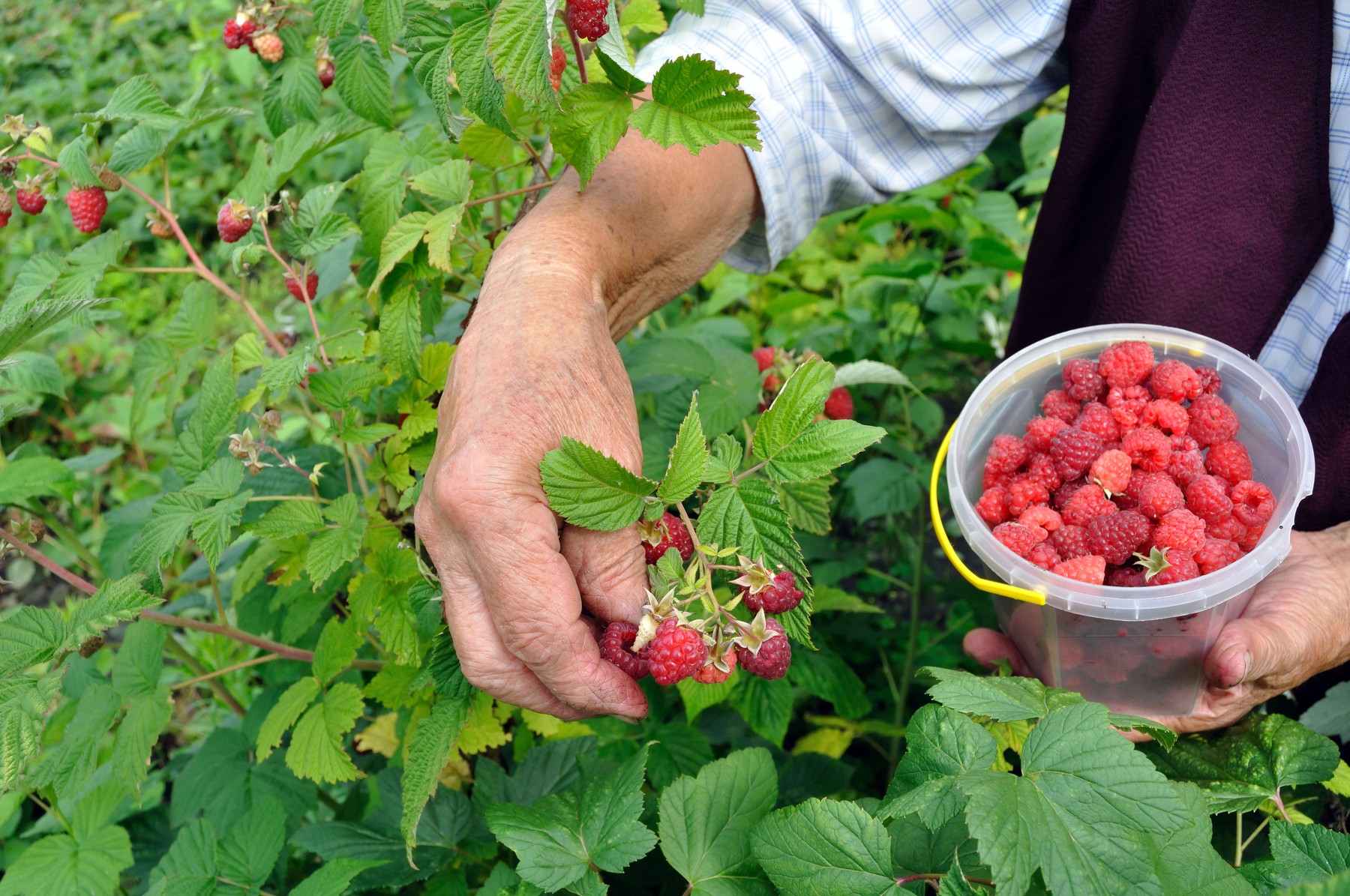
3. Drinking coffee is a way of life in Serbia
First of all, it is a ritual that begins with the act of preparing coffee. Serbs drink coffee at every opportunity and it is considered essential to be first offered coffee when someone comes to guests. This is, as a rule, Turkish coffee, which is also called home-made or Serbian coffee.
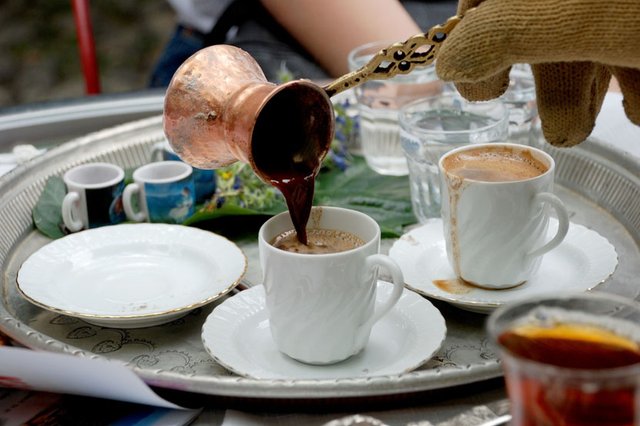
4. Devil's Town - One of the greatest world wonders of nature
The monument of nature "Đavolja Varos" is located in the south of Serbia. This natural phenomenon consists of two very rare phenomena: earthen figures, as specific forms of relief that are very attractive in the area, and two sources of very acidic water with high mineralization. This phenomenon lures tourists from all over the region to come and visit, not only because of the incredible appearance of the walls themselves, but also because of one of the strangest legends that are associated with it.

5. Dinar as currency
Serbian dinar is the official currency of the Republic of Serbia. The value of one dinar is equivalent to 100 pairs. The international currency denomination for a dinar is RSD. The value of the dinar is 1 USD - 112,388 RSD, that is, for 1 EUR - 123,796 RSD. This information about our country is very important for the foreigners.
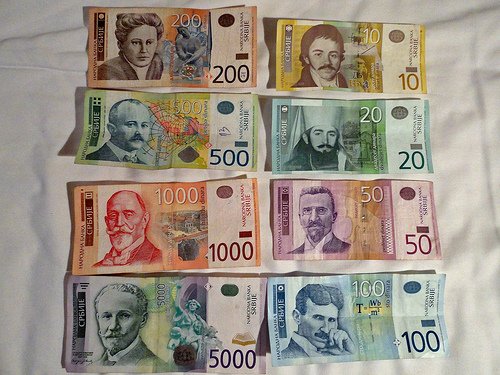
6. One country, and two official flags
The Flag of the Republic of Serbia exists and is used as a National Flag and as a State Flag. The national flag is a tricolor of horizontally arranged fields - red, blue and white. The national flag is of the same color as the national, but it also has the Small coat of arms of Serbia.
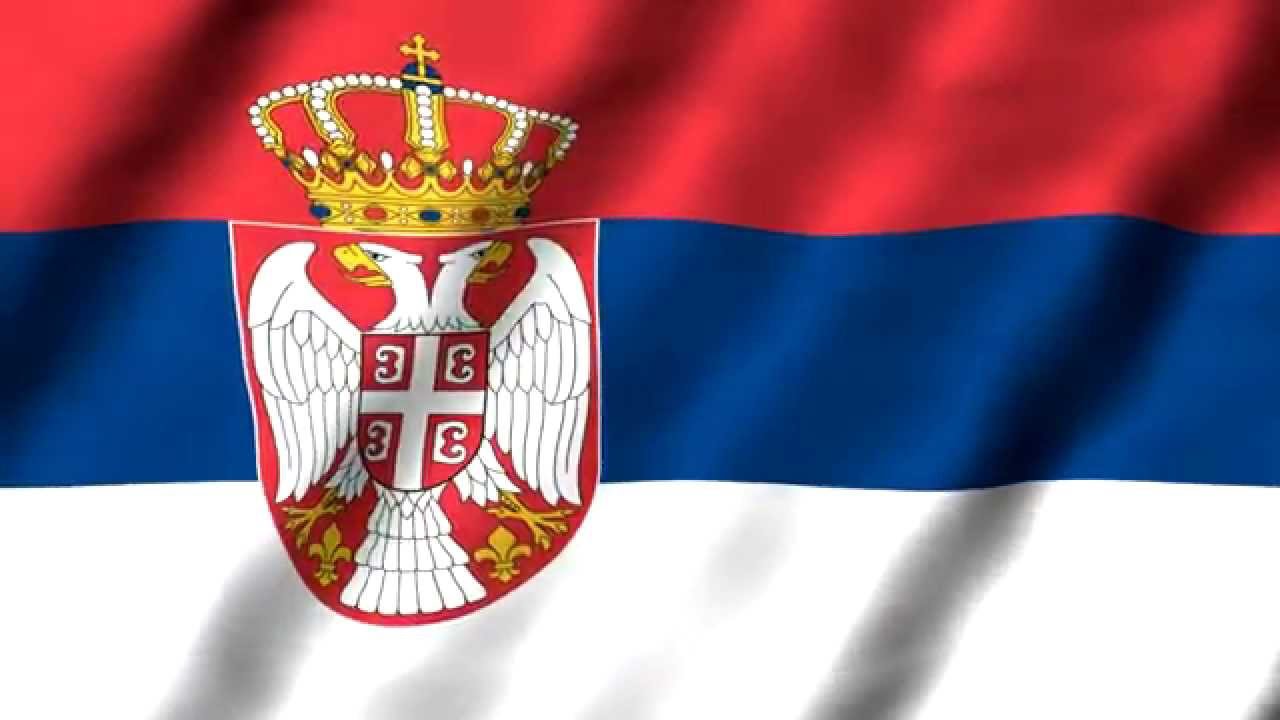
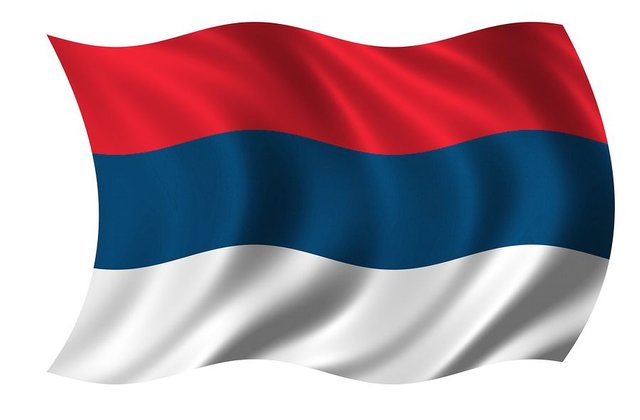
7. Serbs are fans of football
It is not unusual for men of all nationalities to love the most important side thing in the world, but it is especially interesting for foreigners that in Serbia it is not surprising that beautiful women are fervently cheering on sports events.
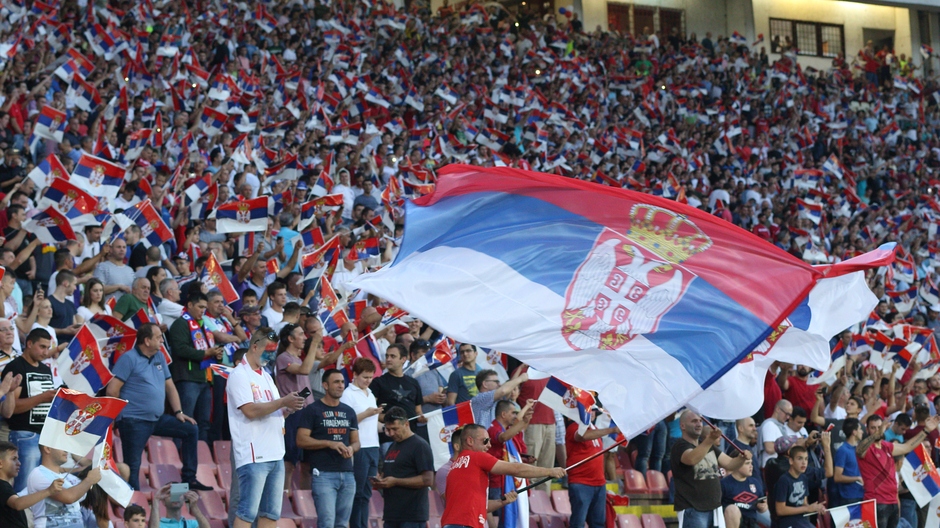
8. The position of Serbia in the Balkans
Serbia is located in the region of Southeast Europe and in the Pannonian Plain. Geographically, and also climatically, it is partly included in the Mediterranean countries. It borders with: Albania, Bosnia and Herzegovina, Bulgaria, Croatia, Hungary, the Republic of Macedonia, Montenegro and Romania.
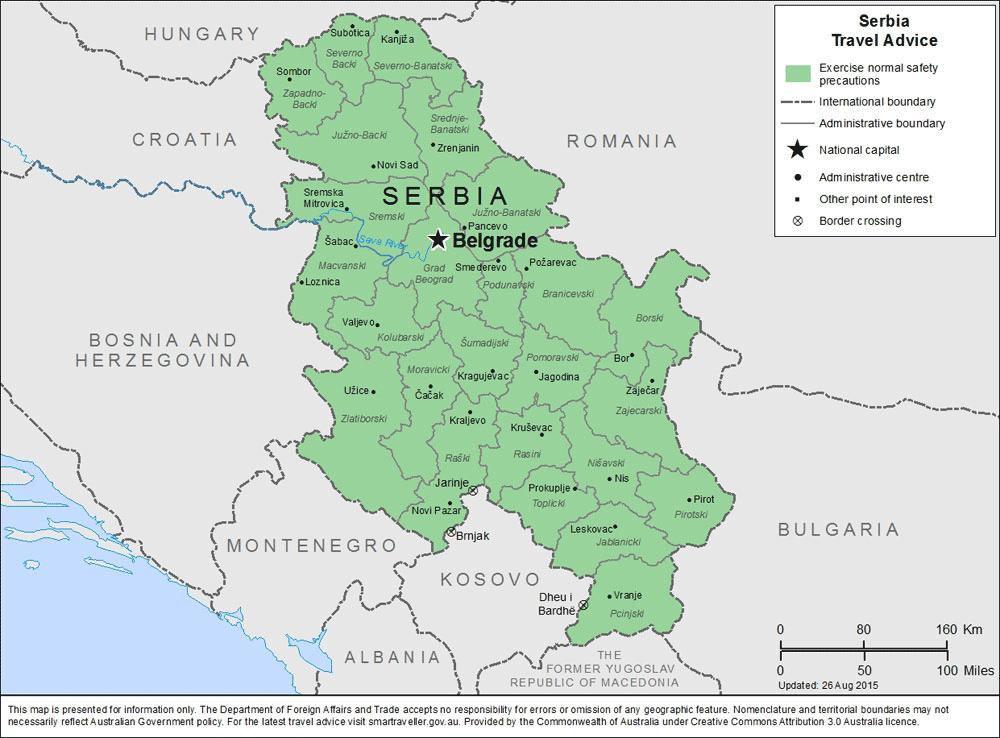
9. The oldest manuscripts
Gospel of Mary represents the oldest preserved monument written in Old English language, in which the lines of the Serbian national language appear, under which the Serbian version of the Old Testament language will be developed later. It is written in Glagolitic script, and based on linguistic lines, it is thought to have been created at the beginning of the XI century at the latest in the Serbian Shtokavian dialect region. It was found in the middle of the XIX century in the holy monastery of St. Mary, after which it was named, and today it is located in the Russian National Library in St. Petersburg.
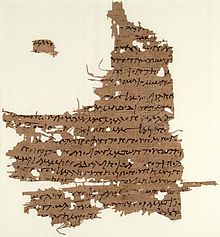
10. All Roman emperors were born on the territory of today's Serbia
In the territory of today's Serbia, a total of 17 Roman emperors were born. Today, the influence of the cultural and historical value of the Romans' legacy in this area is also felt. Upper Mesia was a Roman province, and it was located on the territory of today's Serbia. This is information about Serbia that is interesting for everyone.
11. Karađorđevići
Karađorđevići is a Serbian royal family that ruled Serbia and Yugoslavia. Her viceroy was led by Djordje Petrovic - Karadjordje, who raised the First Serbian Uprising. After May's reign of power, Karadjordje's grandson Peter was called to power. The Kingdom was officially abolished in 1945, and the royal family was in exile. Prince Peter II's son, Prince Alexander, came with his wife in 2001 to Serbia and live in the Dedinje court. The Karadjordjevic Mausoleum was in Oplenac near Topola, and the property of Karadjordjevic was taken away in 1947.
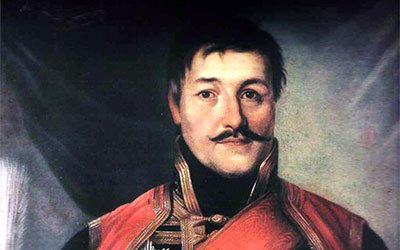
12. Serb advisor to the Russians
Count Sava Vladislavic - Raguzinsky was a Russian diplomat of Serbian origin at the court of Russian emperor Peter the Great and Katarina I. Many diplomatic missions were conferred to him in Constantinople, Rome and Beijing. His probably most significant works were the Khaytin Agreement, which regulated the relations between Russia and China until the mid-19th century and today the existing demarcation of the two states and the establishment of the Russian intelligence service. As one of the most respected people at that time in Russia, he won the trust of Russian emperor Peter the Great for the liberation of the Serbian people in the Balkans.
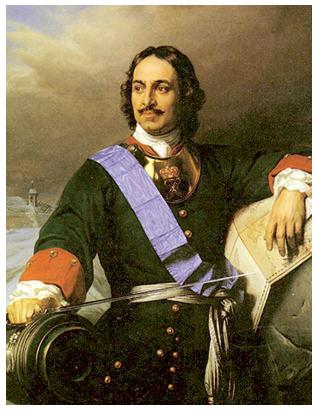
13. One fresco wore Serbia in cosmic heights
The fresco of the "White Angel" with its beauty and perfect composition has been impressing artists and painters for decades. The white angel is part of the composition "Myrrhbearers on Christ's Grave", and on the fresco is presented the archangel Gavrilo of wings spread, dressed in a white cicone sitting on a large stone and with fussy women pointing to the Christ's grave, in fact at that moment already the place of his resurrection.
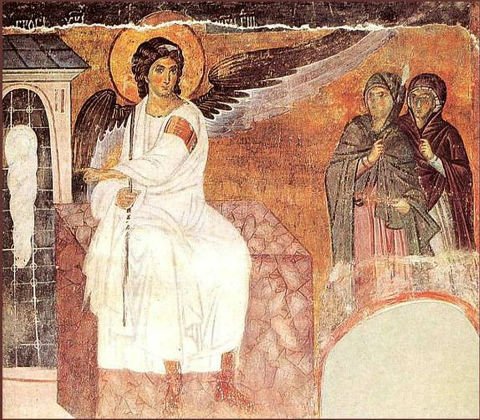
When the first satellite signal from Europe was sent to the universe, a "human achievement package" was sent - these were pictures of the man's conquest of the Moon, the Chinese Wall and the White Angel ... It was believed that if in the universe there are reasonable beings, the image of White Angels to be interpreted as a message of love and understanding.
14. St. Sava Temple
The Temple of Saint Sava in Belgrade is the largest Serbian Orthodox temple, the largest Orthodox temple in the Balkans and the largest Orthodox Church in the world. It is located in the eastern part of Svetosavski Square, in the municipality of Vracar, in Belgrade. It was erected at a site believed to have burned the relics of St. Sava, the founder of the Serbian Orthodox Church and foreigners, in 1594, Sinan-pasha, in 1594, and Belgrade are obliged to come to see him.
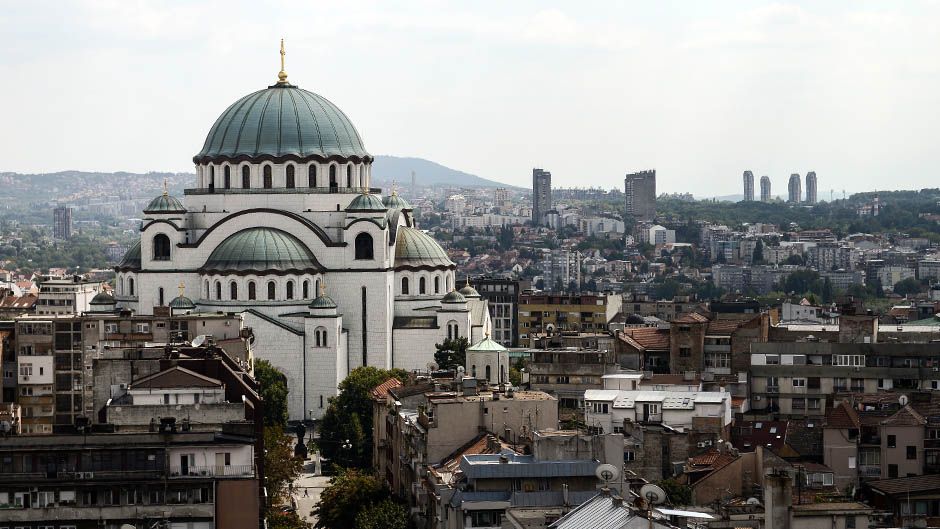
15. Skull tower
The tower is a monument from the First Serbian Uprising, which in retaliation built the then Turkish government in Serbia from the skull, the fallen Serb warriors, led by Stevan Sindjelic, in the Battle of Ceger. It is located not far from the center of Nis, on the road to Niska Banja. It is classified as cultural monuments of exceptional importance for the Republic of Serbia and today it is a museum object.
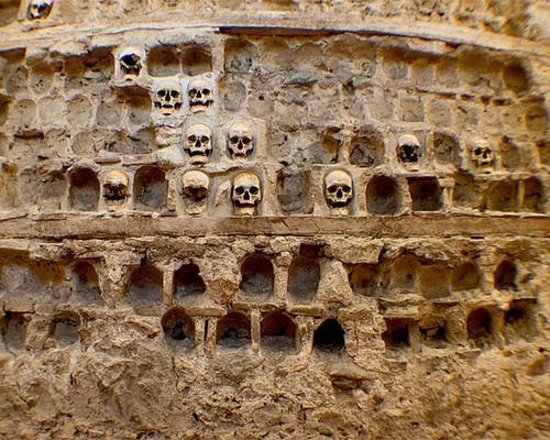
16. Serbian monasteries
Serbian monasteries represent a very important historical and cultural heritage of Serbia and are attracting great attention and excitement of tourists from all over the world. Built between the 12th and 17th centuries, not only did they create the landscape of Orthodox Serbia, they are also valid and worthy witnesses of medieval architecture and painting. From Fruška Gora to the north of Serbia to Kosovo in the south, these holy monuments stand as guardians of Serbian culture. Because of their cultural and historical significance, the five monasteries are verified as the World Cultural Heritage, protected by UNESCO.
17. Nikola Tesla
Nikola Tesla was one of the most famous Serbian and world inventors and scientists in the field of physics, electrical engineering and radiotechnics. The most important Tesla inventions are the polyphase system, the reversing magnetic field, the asynchronous motor, the synchronous motor and the Tesla transformer. He also discovered one of the ways to generate high-frequency currents, made a significant contribution to the transmission and modulation of radio signals, and the rest of his works in the field of X-rays were noted.
His AC system has enabled a much easier and more efficient transmission of electric power at a distance. He was the key man in the construction of the first hydroelectric power plant on Niagara Falls.
He is the only one Serb according to which an international unit of measure was called - the magnetic field strength - Tesla.

18. Dracula was a Serb
One of the favorite Serbian legends is that of Petar Blagojevic, a peasant from Serbia, who is bound by the legend that after his death he became a vampire and killed nine people, including his son. The word "vampire" is also the only word of Serbian origin that has become common to all world languages. The foreigners love to read this information about our country.
Brilliant post! @tasjun. It's been a while though and I'd love to see posts on your photography.
regards
Thanks! There will be posts with my photos soon, I hope. :)
I´m from Colombia, I dream to go to your country someday and visit The Nikola Tesla Museum from Belgrade too.